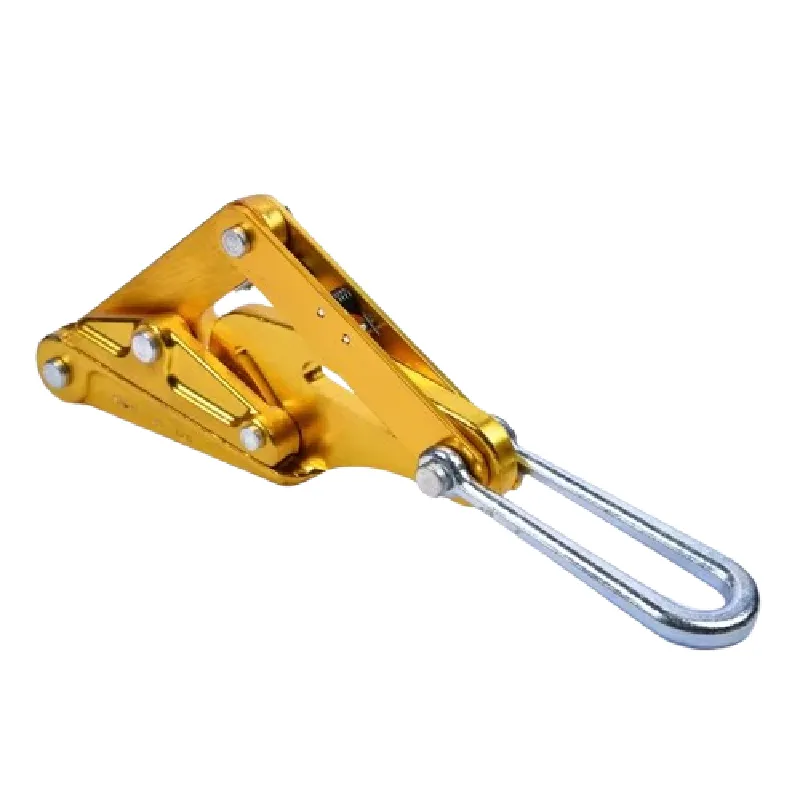
-
 Afrikaans
Afrikaans -
 Albanian
Albanian -
 Amharic
Amharic -
 Arabic
Arabic -
 Armenian
Armenian -
 Azerbaijani
Azerbaijani -
 Basque
Basque -
 Belarusian
Belarusian -
 Bengali
Bengali -
 Bosnian
Bosnian -
 Bulgarian
Bulgarian -
 Catalan
Catalan -
 Cebuano
Cebuano -
 Corsican
Corsican -
 Croatian
Croatian -
 Czech
Czech -
 Danish
Danish -
 Dutch
Dutch -
 English
English -
 Esperanto
Esperanto -
 Estonian
Estonian -
 Finnish
Finnish -
 French
French -
 Frisian
Frisian -
 Galician
Galician -
 Georgian
Georgian -
 German
German -
 Greek
Greek -
 Gujarati
Gujarati -
 Haitian Creole
Haitian Creole -
 hausa
hausa -
 hawaiian
hawaiian -
 Hebrew
Hebrew -
 Hindi
Hindi -
 Miao
Miao -
 Hungarian
Hungarian -
 Icelandic
Icelandic -
 igbo
igbo -
 Indonesian
Indonesian -
 irish
irish -
 Italian
Italian -
 Japanese
Japanese -
 Javanese
Javanese -
 Kannada
Kannada -
 kazakh
kazakh -
 Khmer
Khmer -
 Rwandese
Rwandese -
 Korean
Korean -
 Kurdish
Kurdish -
 Kyrgyz
Kyrgyz -
 Lao
Lao -
 Latin
Latin -
 Latvian
Latvian -
 Lithuanian
Lithuanian -
 Luxembourgish
Luxembourgish -
 Macedonian
Macedonian -
 Malgashi
Malgashi -
 Malay
Malay -
 Malayalam
Malayalam -
 Maltese
Maltese -
 Maori
Maori -
 Marathi
Marathi -
 Mongolian
Mongolian -
 Myanmar
Myanmar -
 Nepali
Nepali -
 Norwegian
Norwegian -
 Norwegian
Norwegian -
 Occitan
Occitan -
 Pashto
Pashto -
 Persian
Persian -
 Polish
Polish -
 Portuguese
Portuguese -
 Punjabi
Punjabi -
 Romanian
Romanian -
 Russian
Russian -
 Samoan
Samoan -
 Scottish Gaelic
Scottish Gaelic -
 Serbian
Serbian -
 Sesotho
Sesotho -
 Shona
Shona -
 Sindhi
Sindhi -
 Sinhala
Sinhala -
 Slovak
Slovak -
 Slovenian
Slovenian -
 Somali
Somali -
 Spanish
Spanish -
 Sundanese
Sundanese -
 Swahili
Swahili -
 Swedish
Swedish -
 Tagalog
Tagalog -
 Tajik
Tajik -
 Tamil
Tamil -
 Tatar
Tatar -
 Telugu
Telugu -
 Thai
Thai -
 Turkish
Turkish -
 Turkmen
Turkmen -
 Ukrainian
Ukrainian -
 Urdu
Urdu -
 Uighur
Uighur -
 Uzbek
Uzbek -
 Vietnamese
Vietnamese -
 Welsh
Welsh -
 Bantu
Bantu -
 Yiddish
Yiddish -
 Yoruba
Yoruba -
 Zulu
Zulu


Zář . 16, 2024 23:30 Back to list
Essential Guide to Ground Rods
Understanding the Importance of a 4% Ground Rod
In electrical systems, grounding is a crucial safety mechanism that protects both people and equipment from electrical faults. Among the numerous components that facilitate grounding, the ground rod stands out as an essential element. A particular type worth discussing is the 4% ground rod, which refers to the resistivity and efficiency of grounding systems.
Understanding the Importance of a 4% Ground Rod
The installation of a 4% ground rod involves several crucial steps. First, a proper site assessment is necessary to determine soil resistivity, as the effectiveness of grounding largely depends on the earth's conductive properties. Soil moisture, temperature, and composition play significant roles in resistivity values. A well-conductive soil yields better grounding performance.
4 ground rod

Once the site is deemed suitable, a ground rod is typically driven vertically into the ground to a specified depth, often reaching 8 to 10 feet. Depending on the resistivity readings, multiple rods may need to be installed and connected in a parallel arrangement to achieve the desired resistance level. Proper connections, often using conductors with high corrosion resistance, are critical to ensure efficiency and durability.
The benefits of installing a 4% ground rod are significant. Not only does it provide enhanced safety by limiting the risk of electric shocks, but it also protects sensitive electronic equipment from power surges, reducing the likelihood of costly repairs or replacements. Furthermore, reliable grounding systems contribute to overall system performance, reducing outages and ensuring seamless operation.
In conclusion, a 4% ground rod serves as a pivotal component in electrical safety. By maintaining a low resistance to ground, it helps protect both people and property from the dangers posed by electrical faults. As technology evolves, the importance of effective grounding systems will only become more pronounced, making the understanding of components like the 4% ground rod vital for engineers and technicians in the field.
Latest news
The Unique Design of Cable Socks
NewsJun.04,2025
Swivel Connectors in Industrial Automation
NewsJun.04,2025
Safety Features of Link Sticks
NewsJun.04,2025
How to choose the best cable pulling winch for sale
NewsJun.04,2025
Fish tape safety precautions
NewsJun.04,2025
Essential Maintenance Tips for Cable Pulling Tools
NewsJun.04,2025











